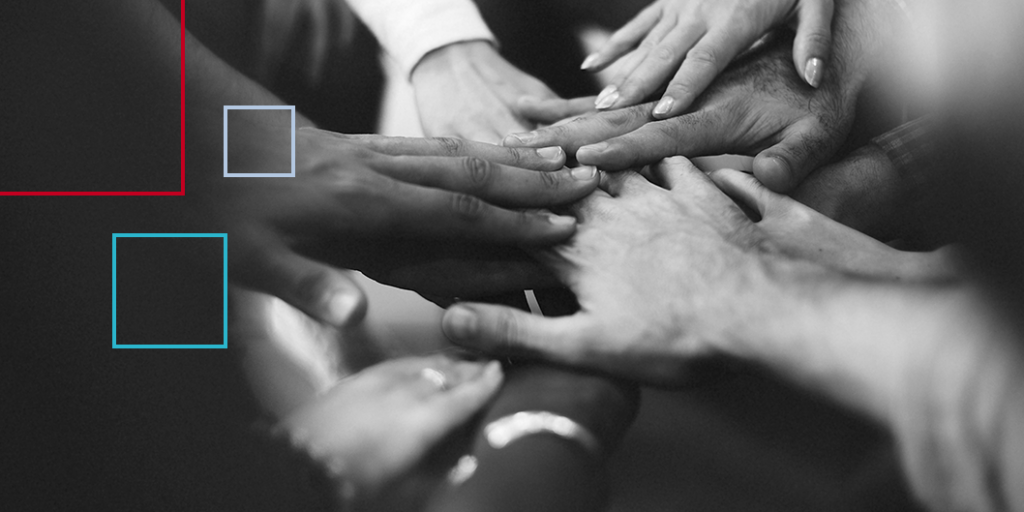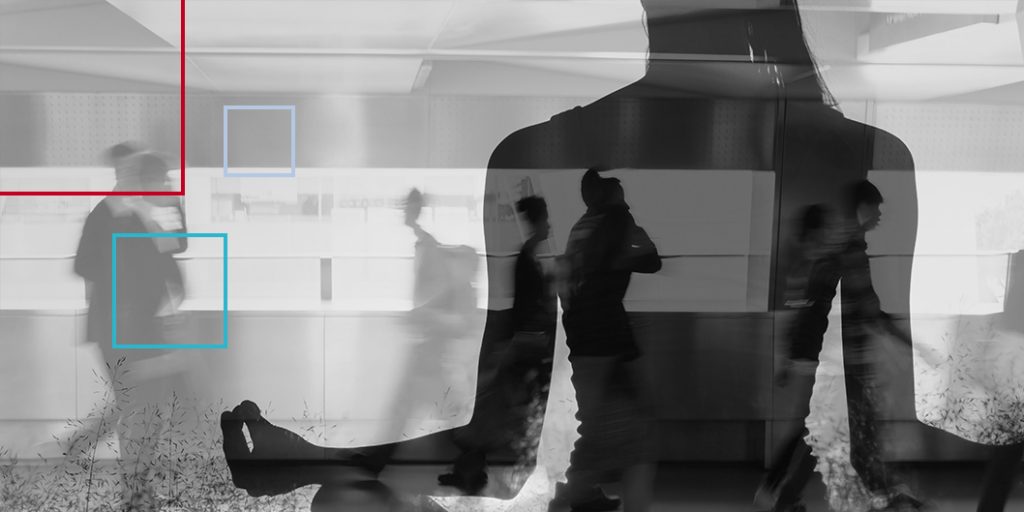Let’s Leave the Armor Off, for Good

A personal perspective on leading differently in the next pandemic transition We have choices as we emerge from the pandemic: We can go back to what now seems like an unsustainable pre-Covid frenetic pace, or we can use this next pandemic transition phase to start afresh, to have different kinds of conversations with our teams (and ourselves). […]
UPDATED: Workplace Culture (Now and the Next Normal)

Culture – the cohesiveness that shapes a company. I like to describe culture as the “ways things are around here” and see it as imperative to your company’s success — just like strategy, structure, and operations. by Sue Bethanis, CEO/Founder of Mariposa, [email protected], @suebethanis Understandably, in the past month, conscious attention to culture might have fallen by […]
Six Keys to Leading in Crisis

by Barbara Baill, Executive Coach, [email protected] Leaders have an increased responsibility to lead during times of crisis and this current COVID-19 crisis is certainly one of those times. We have identified 6 C’s as keys to demonstrate your leadership today. Calm In any crisis, we look to our leaders for signals that we can either, […]
Working from Home: The Opportunity

by Sue Bethanis, CEO/Founder of Mariposa, [email protected], @suebethanis If you’re a knowledge worker living in the Bay Area and are not already working from home (WFH) by choice or by company policy, my guess is you soon will be. I suspect we will be following Seattle’s lead this week or next. I have been working […]
WiseTalk Summary on Empathy, IT, and the Digital Economy

On May 24, 2016, Sue Bethanis hosted Jeff Sussna, Founder and Principal of Ingineering.IT on WiseTalk. Jeff specializes in driving quality improvements through practical innovation. Jeff shared his ideas about using Design Thinking and DevOps to improve customer satisfaction and operational effectiveness. Favorite Quote: “Empathy does not mean wallowing in other people’s pain. All it […]
